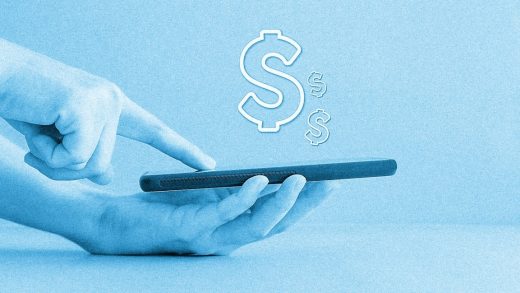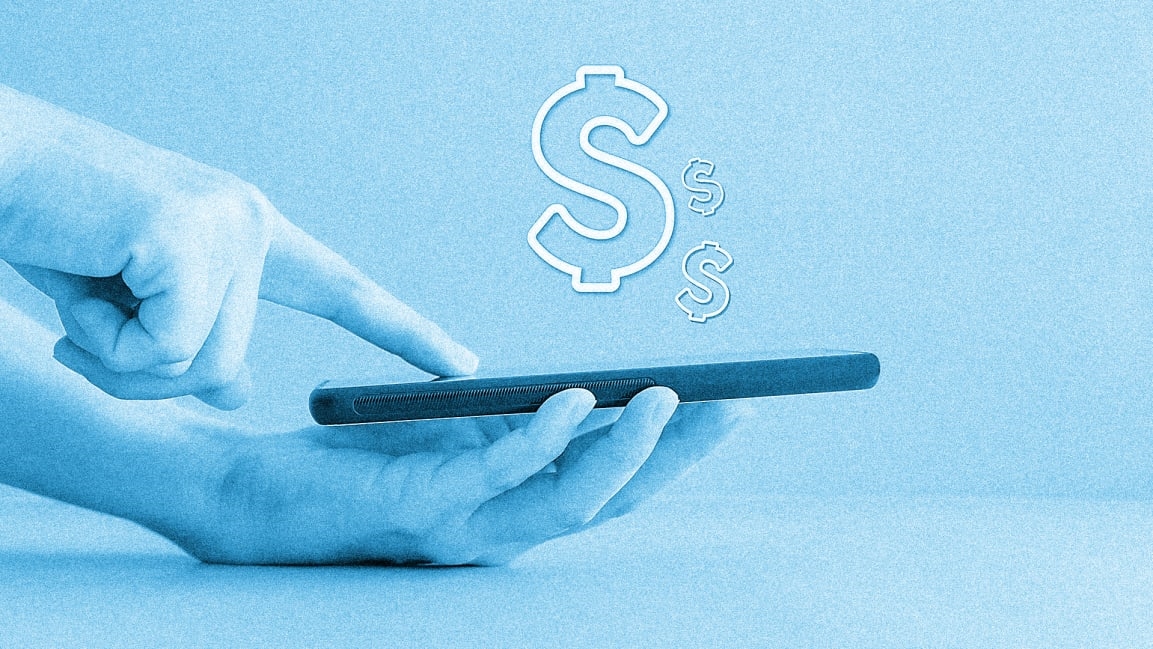Venmo wants to charge you for more services now that you’re hooked, and PayPal is hiking fees too
Venmo users received an unexpected email this week titled “New and upcoming changes to Venmo.” The mobile payment service, which is owned by PayPal, wants you to know that it will begin charging fees on common transactions:
PayPal has long included a “goods and services” option, which is a major revenue generator. Sellers use it because transactions only receive purchase-protection benefits if they are marked as “goods and services,” a strategy that Venmo will adopt. Venmo’s business users have previously been able to set up commercial profiles for business transactions, with a 1.9% transaction fee plus 10 cents, but the feature was little used.
Meanwhile, PayPal has also announced pricing increases, raising its transaction fees for most online transactions to 3.49% plus 49 cents per transaction, up from 2.9% plus 30 cents. Competitors Stripe and Square currently charge less, 2.9% plus 30 cents per transaction. Apple Pay and Google Pay don’t charge transaction fees.
What’s going on here? This is a classic hook-’em-then-spike-prices maneuver, a move you may recognize from Amazon. PayPal is among the world’s largest online payment networks, with nearly 400 million active users in 202 countries. Its stock jumped 6% on the announcements. This particular round of price boosts is likely driven by post-pandemic hubris: PayPal enjoyed revenue and user boosts of over 20% last year, as the pandemic pushed previously in-person transactions online. Swiftly growing Venmo has more than 50 million users, and its revenues have grown by a third year over year since 2018, and are expected to double this year. Venmo links to delivery apps like Uber Eats and Seamless, which surged during the pandemic.
It’s a particularly risky strategy for Venmo. While many PayPal customers appreciate its flexibility in currencies, countries, and financing, Venmo operates only in the U.S., and is popular among millennials precisely for its no-fee transactions. Numerous service providers, such as house cleaners and lesson instructors of all stripes, populate its feeds and prefer Venmo over cash to document income for the Internal Revenue Service or loan eligibility. Stay tuned.
Correction: An earlier version of this story incorrectly stated that Google Pay charges a fee for merchants. It’s free for consumers and merchants.
(44)



